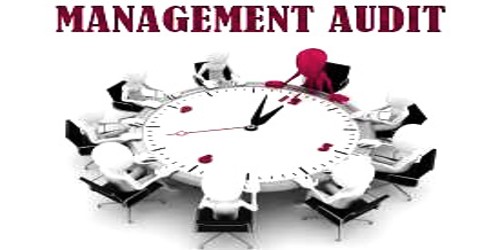Revaluation of Assets and Liabilities in terms of Retirement of a Partner
The retiring partner has the right to share the increase or decrease in the value of assets and liabilities of the firm during the retirement period. Whenever a partner exits a partnership, the books of accounts of such a firm have to be settled. To find out the profit or loss, a revaluation account is opened as in the case of the admission of a partner. To avoid any undue gain or loss to the incoming partner, the existing partners sometimes revalue the assets and liabilities. At the time of retirement or death of a partner, there may be some assets and liabilities which are not recorded in books at their current values.
If there is an increase in the value of any assets then the concerned asset account will be debited and the revaluation account will be credited. In the same way, if there is a decrease in the value of any asset then the concerned asset will be credited and the revaluation account will be debited. The outgoing partner or his legal representatives have to be paid their dues. This means a revaluation of assets and liabilities must be done. Similarly, if there is an increase in the value of liabilities, the revaluation account is debited and the concerned liability account is credited and vice versa.
The assets are re-valued and liabilities are reassessed so that:
- The assets are overstated or understated are revalued.
- The liabilities are brought in the books at their correct values.
- The actual position of the firm is calculated.
The profit or loss on revaluation is to be divided among all the remaining and outgoing partners in their old profit sharing ratio. The Revaluation profit or loss is transferred to the capital account of all partners including retiring or deceased partners in their old profit sharing ratio. After the revaluation, the assets and liabilities will appear in the balance sheet either at the original value (book value) or at the revised value. When a partner retires from the partnership firm, the assets and liabilities are revalued as the current value may differ from the book value. If assets and liabilities are to be recorded at unchanged value then a memorandum revaluation account will have to prepare. There are two ways in which the revaluation of assets and liabilities may be dealt with in the accounts.
- Revised value of assets and liabilities are shown in the books,
- The revised value of assets and liabilities is not shown in the books.
















